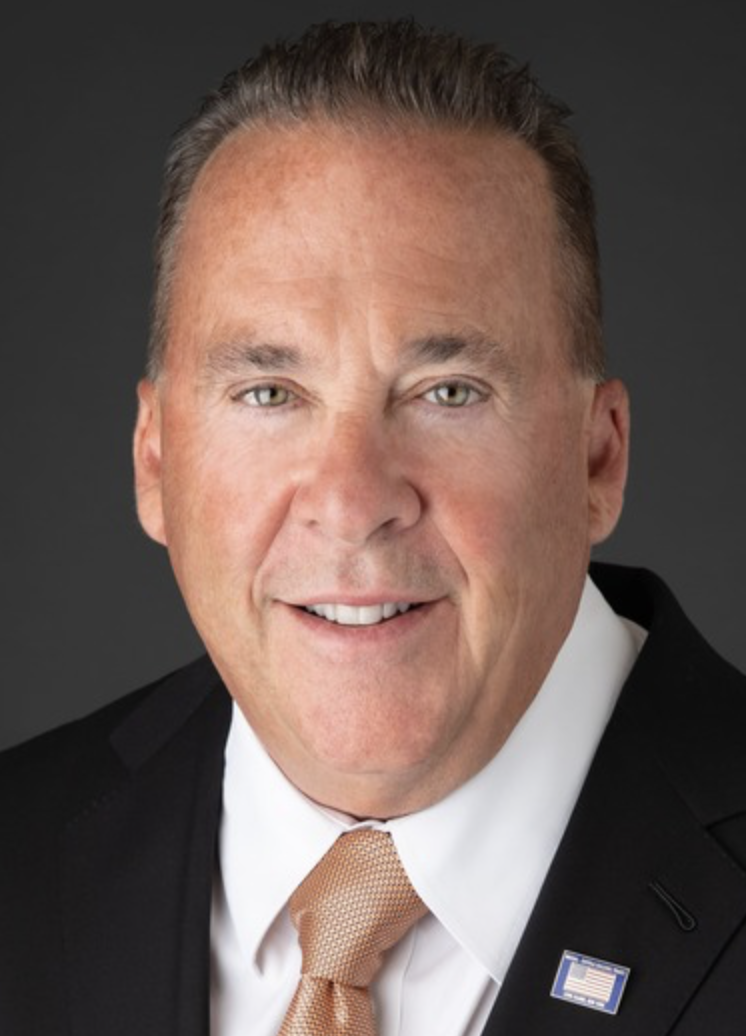
It’s time to modernize Long Island’s aging electrical infrastructure
Hurricane Erin was big and nasty, but it basically pounded the waters of the Atlantic with high winds and intense rain rather than unravel the vulnerable New York metro communities that stretch from Gravesend’s Bay to Montauk Point.
Forecasters say there are two more hurricane systems currently forming in the Atlantic, but they too are more likely to follow Erin’s offshore track rather than become the next Gloria, Sandy or Isaias.
For those who oppose efforts to strengthen and modernize our aging electrical infrastructure, these passing storms are a temporary reprieve, since Mother Nature has declined to reveal the catastrophic implications of their opposition. However, in time, a hurricane track will make Long Island its bullseye and millions of people will then ask “Why are my lights still out?”
We know who won’t be answering their phones when their neighbors start to turn to these opponents of power projects and ask, “you opposed what!?”
The reality is we don’t even need to wait for a hurricane to put our region at risk for electrical failure.
The lights went out throughout Puerto Rico on New Year’s Eve without a storm on the horizon. A second non-storm related blackout would occur several months later. Knowledgeable people said, “Of course – what do you expect – they haven’t invested in the grid in years.”
Puerto Rico wasn’t the only one to suffer from an energy grid failure. This spring, Spain and Portugal were plunged into darkness as a cascading series of system failures tripped circuit breakers, impacting millions. The European response was a recognition that there now needs to be a significant investment in strengthening power grids and energy storage systems.
What does that mean for Long Island where more than 80 percent of our transmission infrastructure is more than 50 years old and currently straining under ever increasing demand? There are lessons to be learned about the need to invest in our communities so that critical regional needs aren’t simply viewed through a NIMBY lens.
Just this past June during the heat wave, operators of our statewide electrical grid reported the highest demand for power since 2016. New York needed to import electricity from Canada and the Midwest to ensure we had enough juice to meet the squeeze. Then the challenge was how to get that power to the population centers like Long Island because there are only two underground feeder lines that can augment on-island generation. There is a proposal to build a third one under the project name “Propel NY” that would add strategic reliability to that “highway” making the first major investment in transmission to our region in more than 50 years.
There are also proposals to create battery storage facilities on Long Island that would store electricity when demand is low and then feed it back when heat waves or power disruptions hit the grid which would reduce the need to build billions in new generation infrastructure to meet our growing demand. That lithium-based technology (entitled BESS) is being demonized as being unsafe despite strict fire codes now being put into place to ensure best practices are mandated for their operation, similar to how we approach the approvals for gas stations and natural gas facilities.
I am a proud Long Islander. This is one of the greatest places in the world and we deserve to have modern, functioning infrastructure so that we can comfortably live our lives, grow our businesses, and quickly recover when a hurricane hits. What should be commonsense discussions about the best way to power our region too often devolves into politics where science fact is replaced by science fiction.
We have an obligation to ourselves, and to those who will follow us, to ensure that we have a Long Island that can meet the ever increasing demands we are placing on our aging electrical grid.

